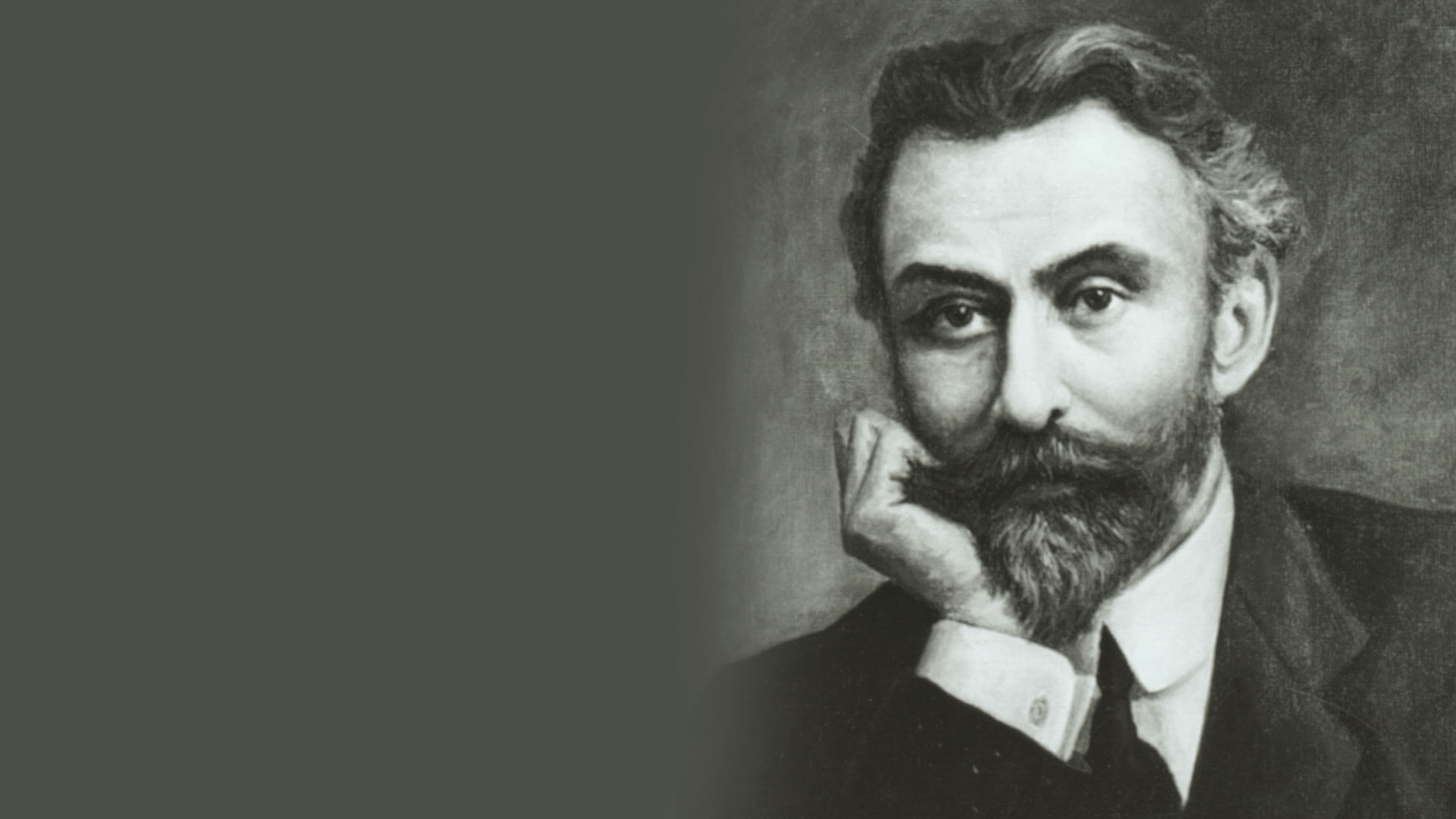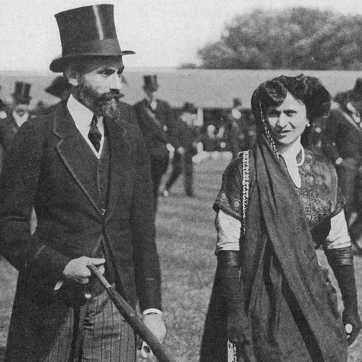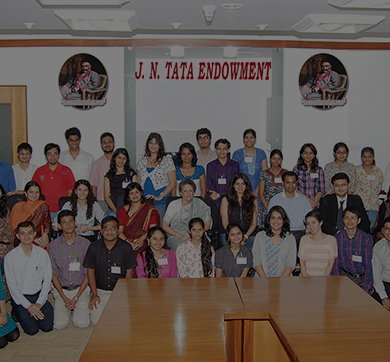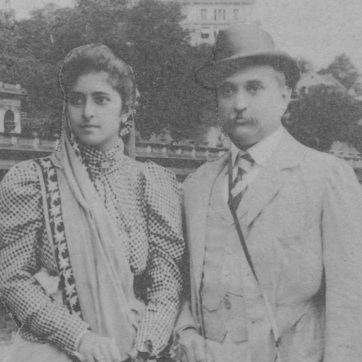759 words | 3-minute read
Sir Ratan Tata, the younger son of Jamsetji Tata, was a connoisseur of art and a notable philanthropist. His legacy of support to the poor and oppressed lives on in the activities of the Sir Ratan Tata Trust.
Ratan Tata was the second son of Jamsetji Tata, the founder of the House of Tata. Born on January 20, 1871, he was 12 years younger then his brother, Sir Dorab Tata. Ratanji, as he was generally known, was educated at St Xavier's College in Bombay.
Sir Ratan joined the firm of Tata & Sons as a partner in 1896. After the death of his father in 1904, he looked after the affairs of the L’ Union Fire Insurance Co of Paris, of which Tata & Sons were the agents in India. He was also in charge of the trading firm Tata & Co, which had branches in Kobe, Shanghai, Paris, New York and Rangoon, and traded in cotton, yarn, silk, pearls and rice.
A Warrior for Justice
Sir Ratan assisted elder brother Dorabji in the running of the various Tata businesses, but his real interests lay in social and philanthropic causes. He realised the importance of Mahatma Gandhi’s struggle against racism in South Africa and supported it both morally and materially, contributing Rs125,000 in all to the cause. Overwhelmed by the magnanimity of this backing, Gandhi wrote, “That India has been roused is evident from the generous gift of Mr Ratanji Jamsetji Tata… He will probably be followed by other Indians. Parsis are known the world over for their generous gifts. Mr Tata has been true to that spirit of generosity.”
Sir Ratan was a personal friend of Gopal Krishna Gokhale, the great Indian social reformer and freedom fighter. Impressed with the work of Gokhale’s Servants of India Society, Sir Ratan donated an amount of Rs10,000 annually for a period of 10 years to support its welfare work for the weaker sections of the society.
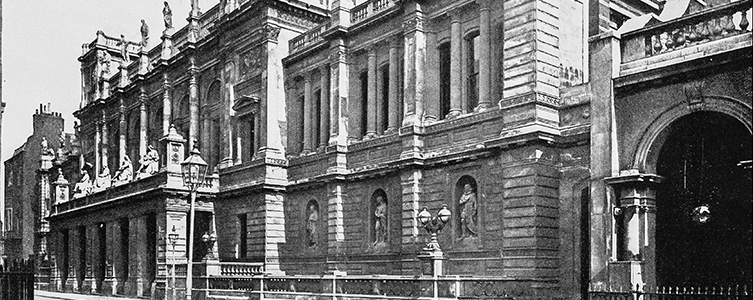
Unparalleled Generosity
Though born and brought up in luxury, Sir Ratan was concerned about the widespread poverty and destitution in India and sought ways to ameliorate them. It was to find lasting solutions to these problems that he made an offer of contributing £1,400 annually to the University of London for instituting a chair at the London School of Economics (LSE). The Sir Ratan Tata Foundation at LSE is now a permanent institution. In 1912, Sir Ratan also extended financial help for setting up the department of social sciences at LSE. The new department was known as the Ratan Tata Department of Social Sciences until 1919, when the school assumed responsibility for it.
Sir Ratan was fascinated by India’s past. He funded the first archaeological excavation at Pataliputra, under the supervision of AB Spooner, between 1913 and 1917, which resulted in the discovery of the 100-column Mauryan throne room in the legendary King Ashoka's palace. He was also a great connoisseur of art. During his tours within India and abroad Sir Ratan collected a treasure trove of paintings, armaments, silverware, manuscripts, carpets and more, which he bequeathed to the Prince of Wales Museum, Bombay.
Sir Ratan was a generous man by all accounts. Any cause that appealed to him received a substantial donation. He gave liberally for the relief of distress caused by natural calamities like floods, famines and earthquakes, and for public memorials, schools and hospitals. He gave a donation of Rs10,000 per annum for a period of ten years to the King George V Anti-Tuberculosis League, started by the Bombay Municipality and Rs1 lakh to the Salvation Army for a memorial to General Booth, its founder in India.
In 1892, Sir Ratan married Navajbai Sett. Around 1912, he made plans for the construction of a palatial house on Waudby Road in Bombay. Tata House was ready in 1915, but Sir Ratan could live there only for a few months before he sailed for England for medical treatment, never to return. Sir Ratan was knighted in 1916 for his services to humanity. He died on September 5, 1918 at St Ives in Cornwall, England. He was buried at Brookwood Cemetery near London by the side of his father.
Sir Ratan had willed a large part of his property for charitable purposes. The Sir Ratan Tata Trust was established in 1919 with a corpus of Rs8 million; today it exists as one of India’s oldest and most respected grant-bestowing foundations.




